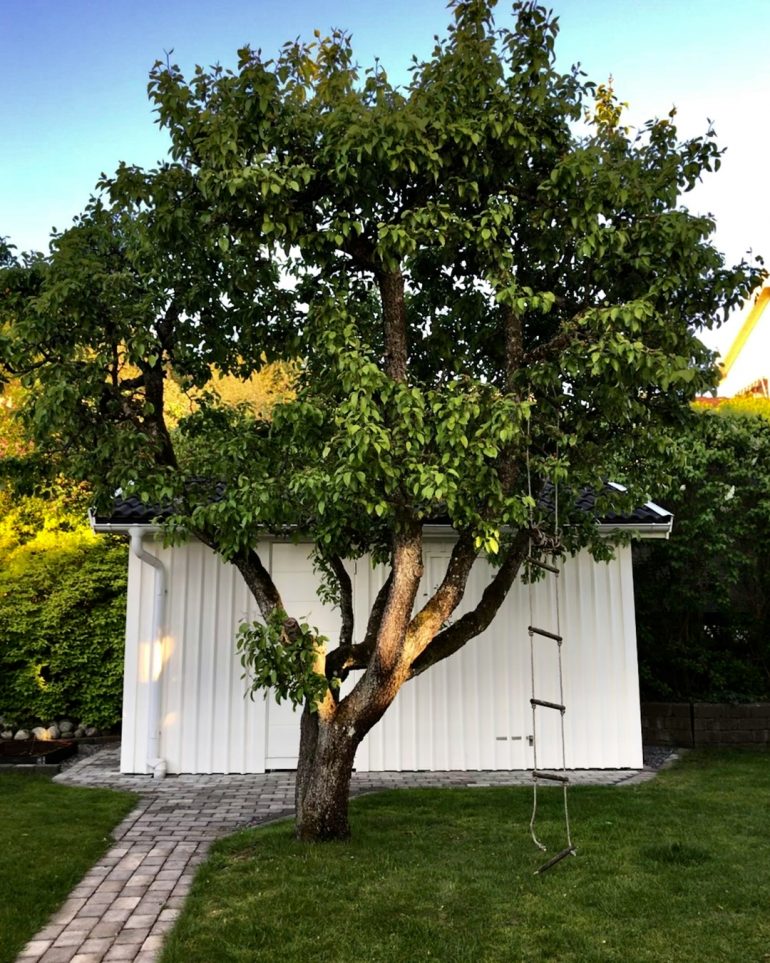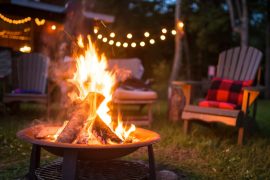A tree can be the start of a beautiful garden story. While it’s fun to plan a deck, garden beds, and even patio furniture, set those aside for a moment and think long term. For an outdoor space you will enjoy for years to come, the blueprint starts with a well-placed tree.
The right trees and shrubsnwill visually anchor a yard, cast cool shade on hot summer days, and grow into providing natural privacy. Awe-inspiring gifts from nature, they provide comfort, beauty, and value, whether you’re designing a yard from scratch or refreshing an established space.
NOT JUST ANY TREE
When selecting a tree or shrub, there’s much to consider besides how pretty it looks in the greenhouse. Think beyond aesthetics and ask your landscape pro for recommendations to suit local climate and soil conditions. You’ll also need to know how fast the sapling will grow, its resistance to diseases and pests, and how wide and tall it will get (a majestic 70-footer too close to the house could eventually wreak havoc with pipes, cables, roof, and foundation).
DARLA’S GARDEN GIRLS PICK
Eastern Redbud Tree
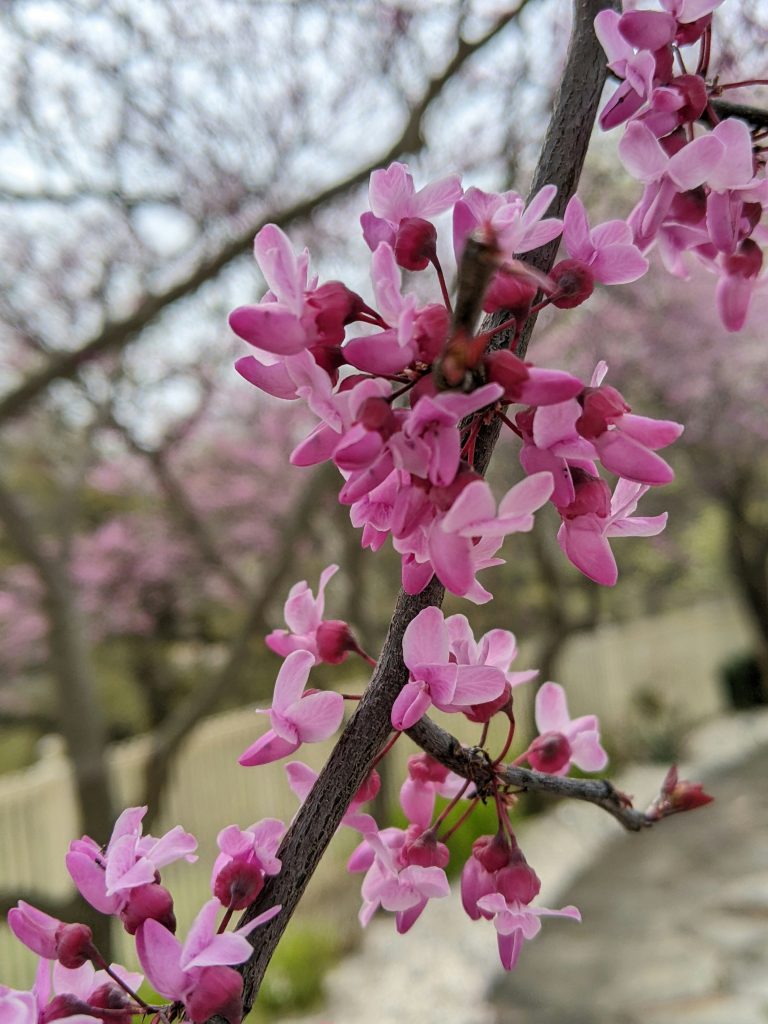
- Ideal for a smaller yard
- Stunning spring blossoms and heart-shaped leaves
- Provides partial-canopy shade
- Adaptable to various soil types
- Thrives in urban conditions
EDITOR MICHELLE’S PICK
Serviceberry tree or bush
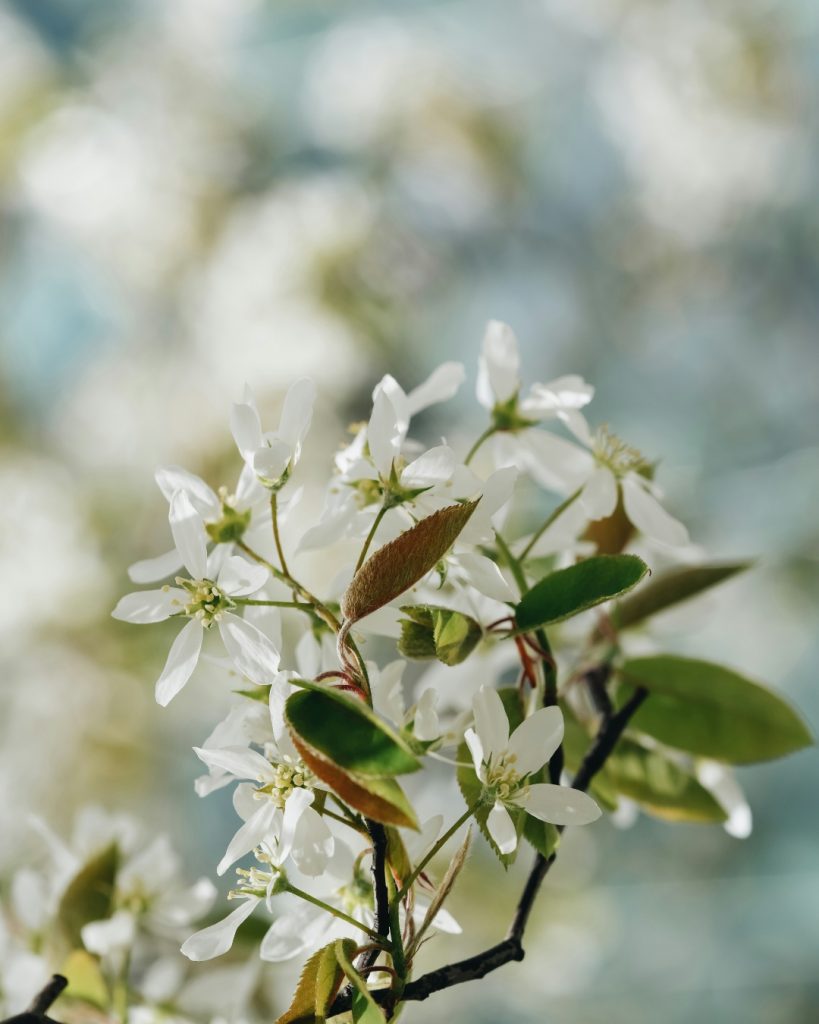
- Native to Ontario and highly attractive to pollinators, birds, and small mammals
- Showy white flowers in early spring
- Green foliage and red berries in summer
- Fiery display of reds and golds in autumn
… and if the birds leave you some serviceberries (also known as saskatoonberries), fill a bowl and bake a pie. They are spectacularly delicious. Know your growing zone, and do your research. “In Ontario, selecting trees that are hardy and can really withstand our four distinct seasons while providing good shade is crucial for long-term success,” says Tom Henderson, President of ProScape Land Design.
Darla Malcolm-Hauraney, Chief Garden Guru at TheGarden Girls, encourages taking a broad environmental perspective when making your selection. “Consider a keystone plant that is native to your region,” she explains. “These are critical to the food web and necessary for many wildlife species to complete their lifecycle. Without keystone plants in the landscape, butterflies, native bees, and birds will not thrive.”
What types of trees are best for landscaping a yard? Henderson recommends RiverBirch, Linden, Hornbeam, Serviceberry, Dogwood, and several varieties of Maple. Malcolm-Hauraney adds White Oak to the list, noting that it supports hundreds of caterpillar species, a vital food source for birds.
LOCATION IS KEY
Place trees strategically within your overall landscape plan, especially since some varieties are known to be a little messy — dropping keys, leaves, or sap at certain times of the year. You’ll also want to consider the view from your home’s windows, framing key sightlines with greenery that adds to the visual appeal both inside and out.
“Remember to choose a mix of trees and shrubs that offer visual interest throughout the seasons, like flowering trees in the spring and vibrant foliage in the fall,” she adds.
If your goal is to create distinct zones like patios, with built-in natural shade, Henderson recommends working with a professional. “Hiring a professional landscape designer or landscape architect can help determine the best lasting many years of enjoyment out of the space,” he says.
SMALL SPACE, BIG SHADE
Even in compact yards or urban patios, it’s still possible to create a perfectly breezy retreat where you can relax with a good book or enjoy summer sips in comfort. exceptional collection of prints, sculpture & more by Canada’s Inuit and First Nations artists ESTABLISHED IN 1995 “Pergolas, umbrellas, or cabanas are great ways to add shade,” says Henderson. “You can achieve shade without planting trees or enhance these structures with well-placed trees or shrubs for a blended effect.”
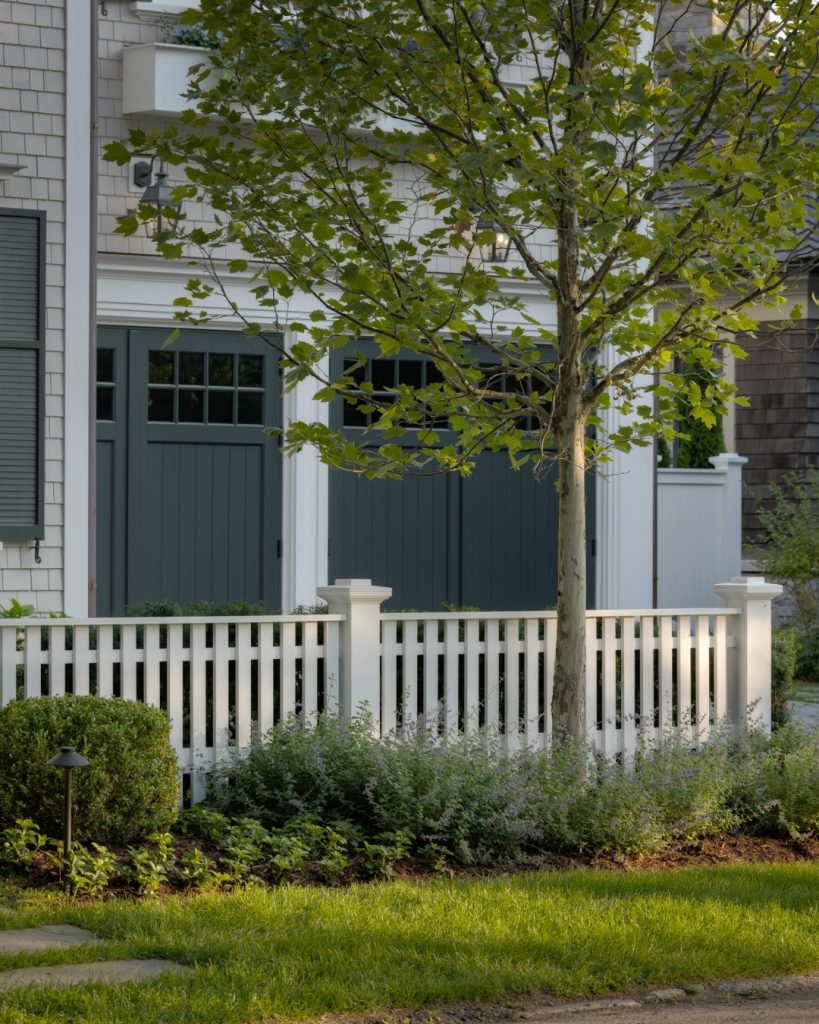
MALCOLM- HAURANEY SAYS SMART PLANNING INVOLVES THREE KEY PRINCIPLES:
LAYERING
Placing taller trees at the back or centre of your yard, with medium-sized shrubs and shorter plants in front to create depth.
GROUPING
Planting trees in clusters to achieve a more natural look and provide more effective shade and privacy
FUNCTIONALITY
Using trees to define spaces, create natural barriers, or block unsightly views
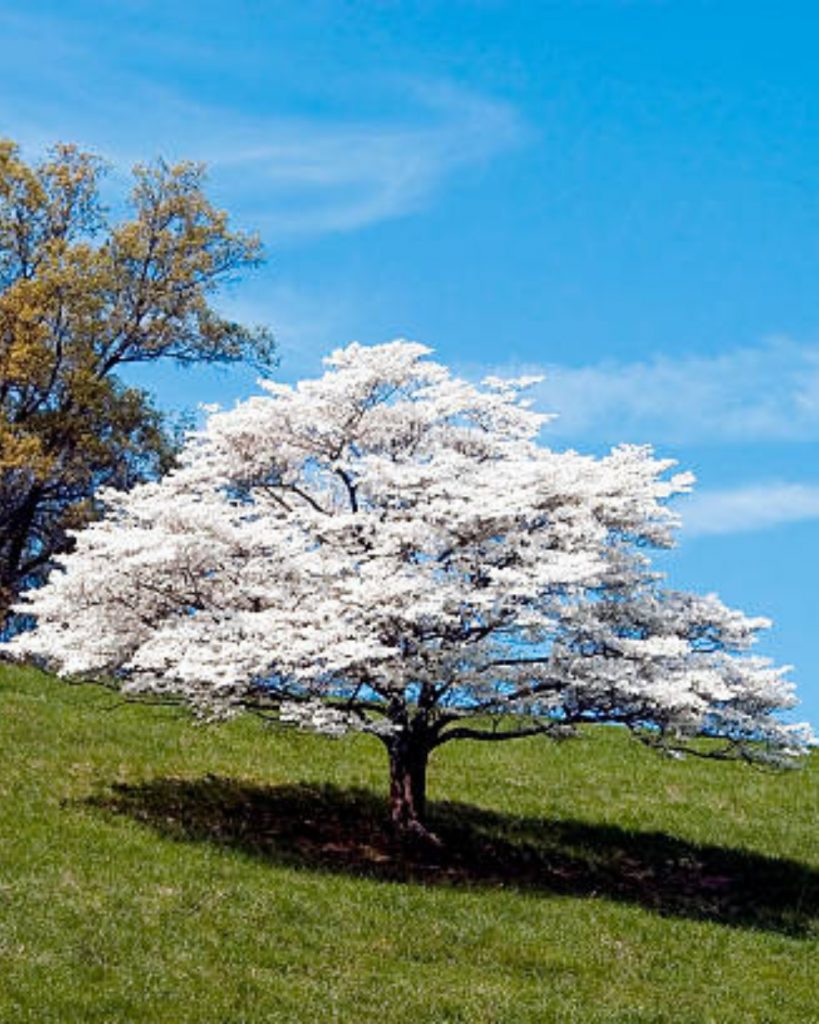
Malcolm-Hauraney agrees, adding that manmade structures can work together with nature. “Incorporating shade structures can provide immediate relief while allowing you to plant climbing vines or shade-loving perennials around them.”
Even something as simple as a trellis with a clematis or climbing hydrangea can offer filtered shade and a sense of privacy. Combined with planters of tall grasses, strategically placed shrubs, or even a small ornamental tree in a container, small spaces can feel lush, private, and inviting.
Local Links
THE GARDEN GIRLS
thegardengirls.ca
CONNON NURSERIES
WATERDOWN
shopconnon.ca
TERRA BURLINGTON
BURLINGTON
terragreenhouses.com
SHERIDAN NURSERIES
MISSISSAUGA
sheridannurseries.com
By Nicole Hilton


